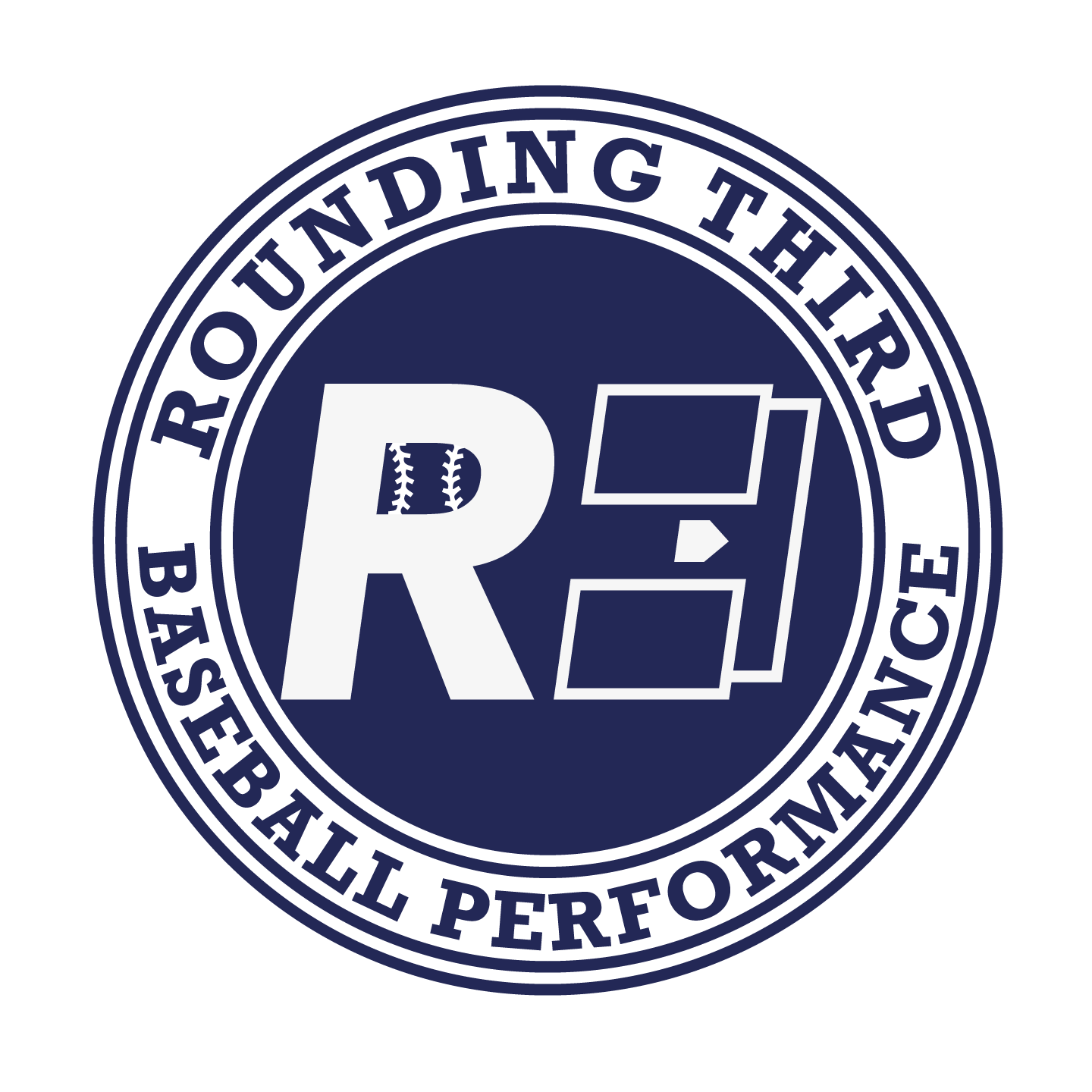Core Anatomy and its Function in the Swing
December 2018
Understanding some brief core anatomy basics can help coaches and players understand the loading and unloading process a lot better. Knowledge is power and having some knowledge of how our core creates force and manages energy in the transverse plane could be a game-changer.
We have multiple layers of core tissue that all work to stabilize and move the pelvis, spine and ribcage effectively. Because of the striations, shape, attachment and insertions, the muscles require certain actions to be primed in the best way possible. We are trying to potentiate speed in the transverse plane. In order to do that, we must first remove slack through a counter movement or pre-tension (slight coil, bat/barrel action, tempo-controlled full body movement). Once we’ve set ourselves in a posture that tells our system to anticipate some future movement, we can start to contract the muscles in the anterior core (ribcage towards hips in an angular fashion).
This initial loading movement now creates a rigid core that:
creates energy
helps manage optimal dynamic posture through pelvis and ribcage
manages energy so it can be released at the right time
Every body and every athlete will feel a different sensation, though the kinematics will be somewhat similar. The kinematics are much more complicated than I am covering. The main idea is that by loading by flexing the trunk and rotating, we allow for more energy to be released on-time, a better biomechanical sequence after loading, and a more adjustable mechanism overall.
Another concept not often covered in the idea of proper core loading, is that our braking systems (co-contractions in an effort to decelerate) can be most active when loading the core properly. The main idea being that we can stop our barrel from committing at a late moment because there is a natural delay of the shoulders and barrel behind the rest of the pelvis and trunk. The muscles will fire properly to stop all that forward moving force, thus making our swing more adjustable.
During the actual swing phase, our anterior core musculature is performing duties in the opposite manner that they were loaded in. Since the intent should be to move fast (much like a max effort jump), the anterior core is going to make a rapid change of direction. The better the fitness of this musculature, the better the athlete will be at “changing direction” for lack of a better term. The downswing and forward move are dependent on proper loading mechanics. We load to unload… with the intent to do damage!
I hope you enjoy the video above and be sure to subscribe to my youtube channel and follow my social media accounts.
Jordan Stouffer, CSCS, BMS
